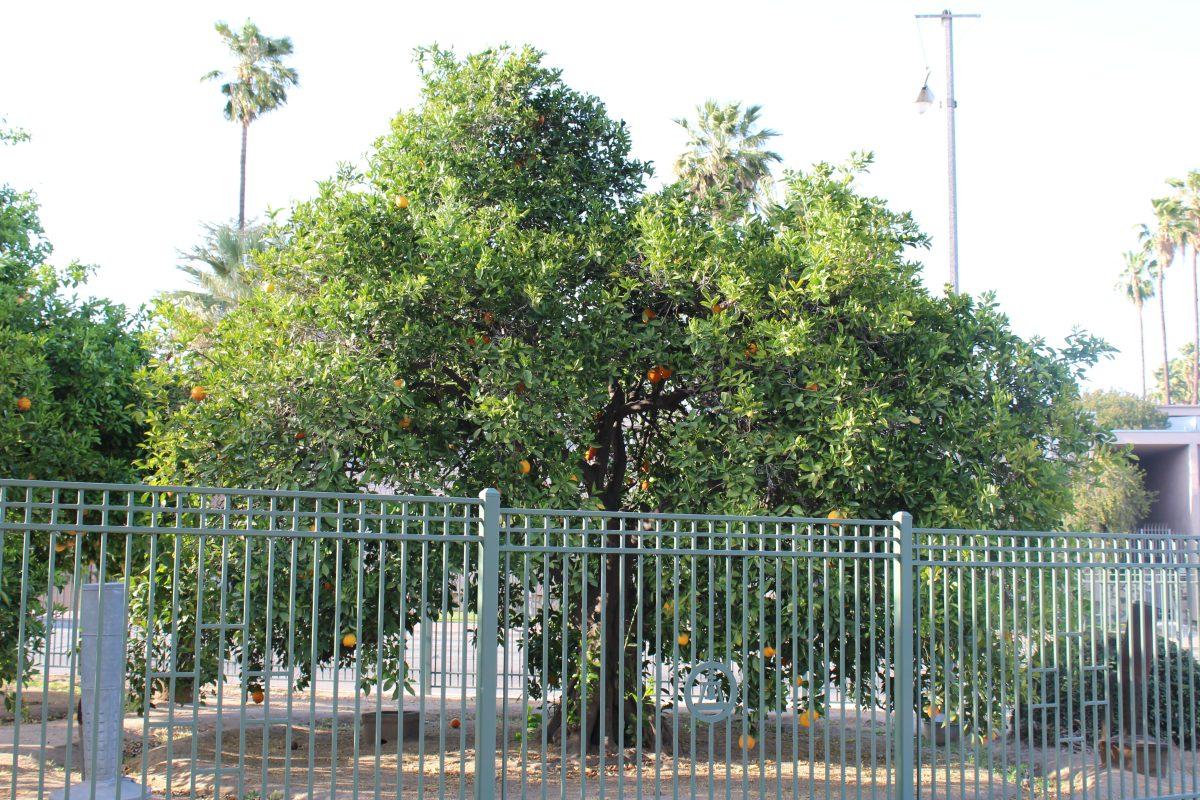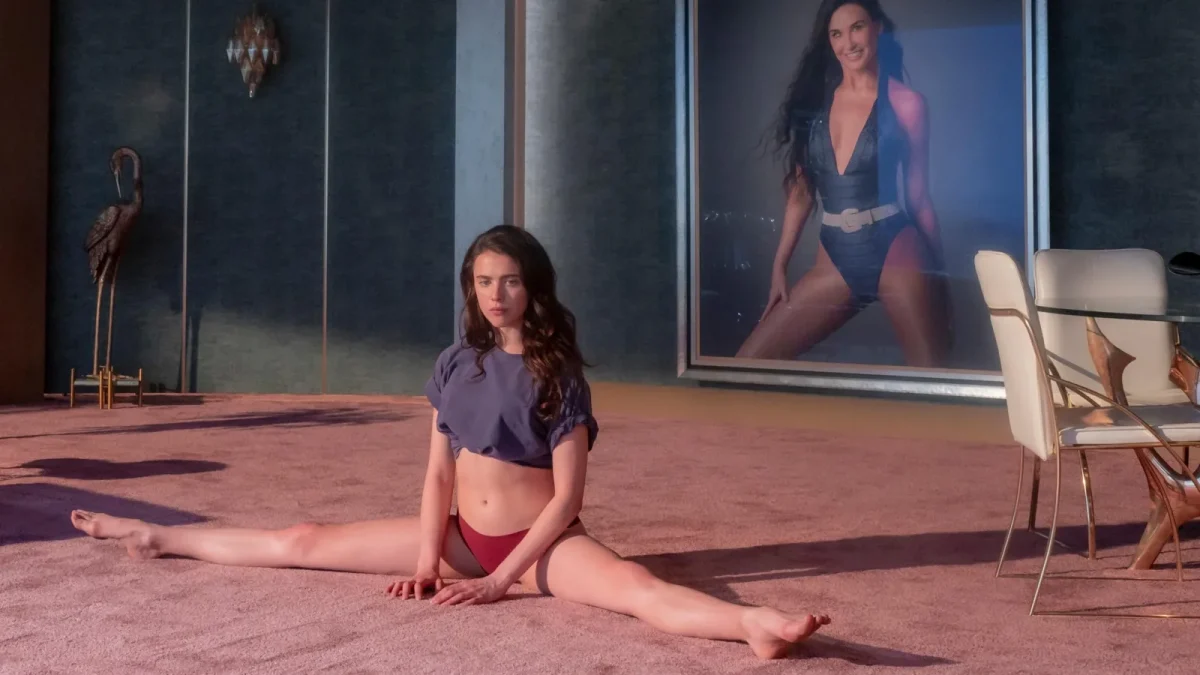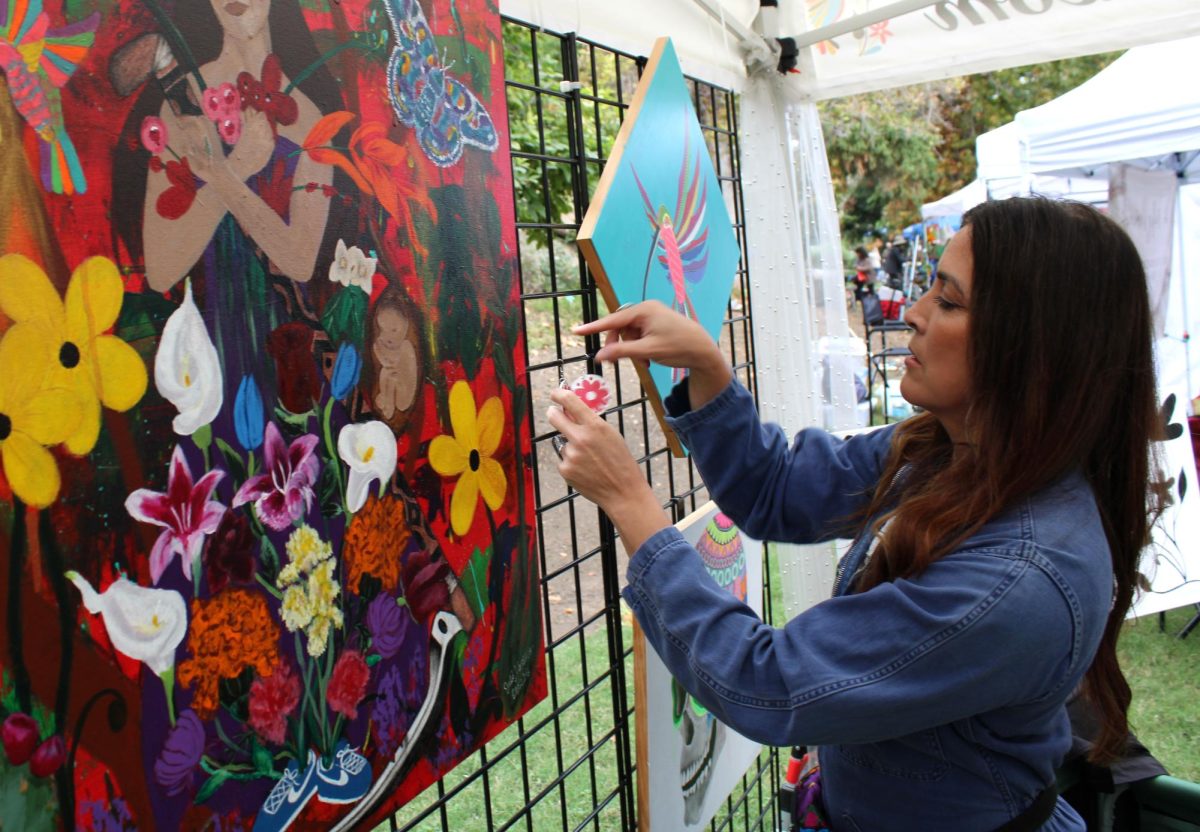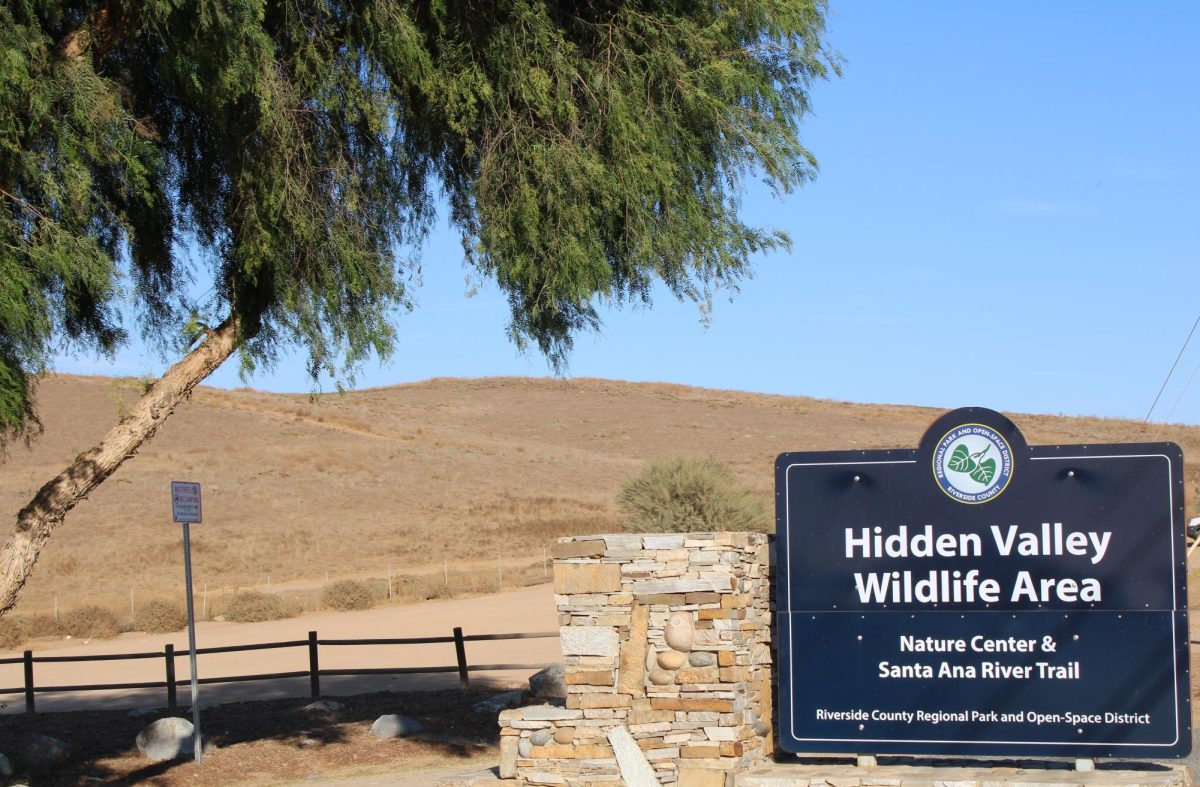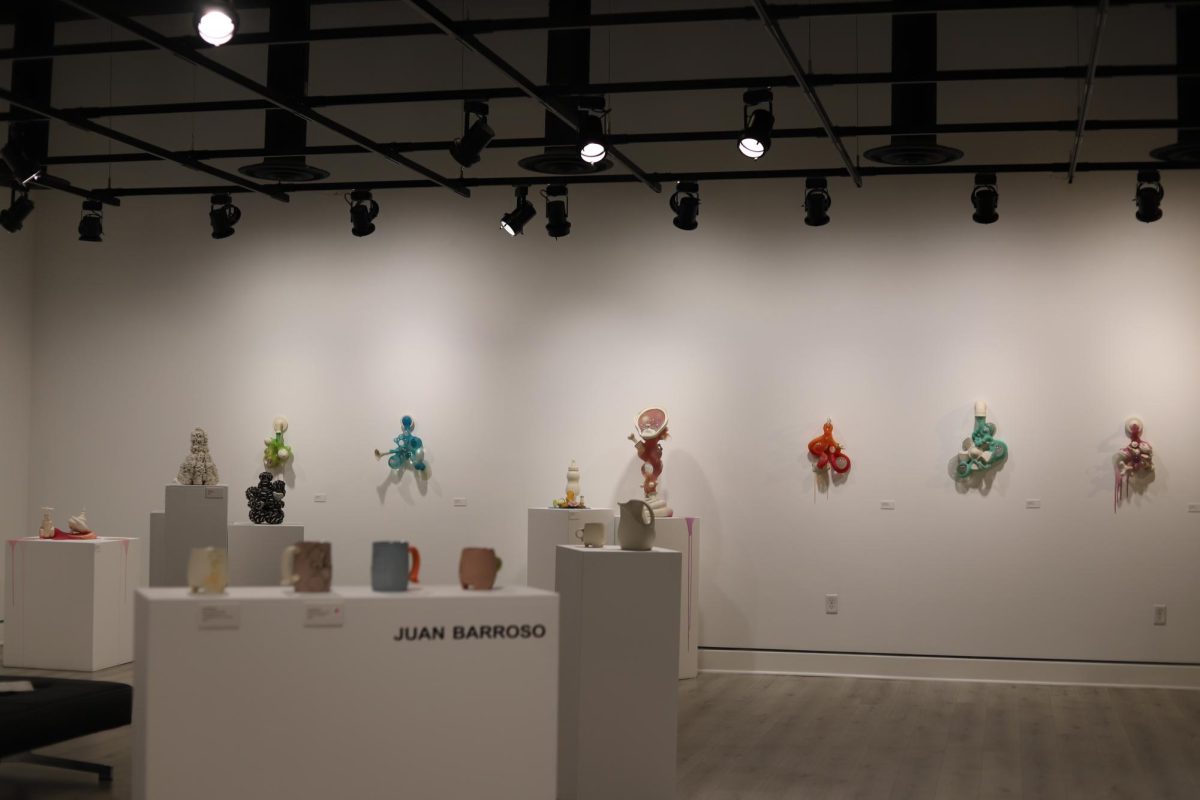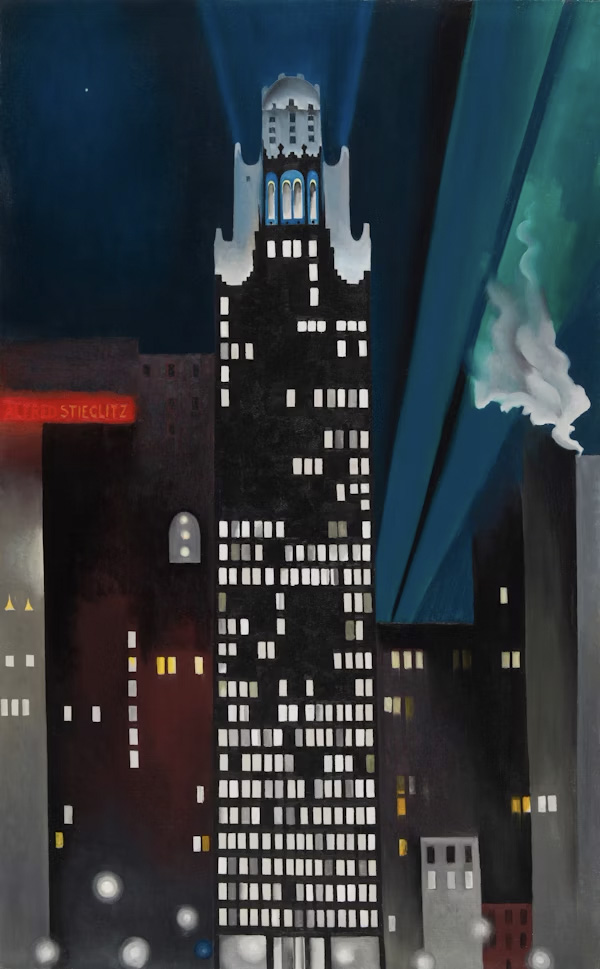Posted: April 8, 2015 | Written by Josiah Patterson
The aroma of fresh oranges and the exquisite architectural design of Riverside once mesmerized its residents and visitors with incomparable charm.
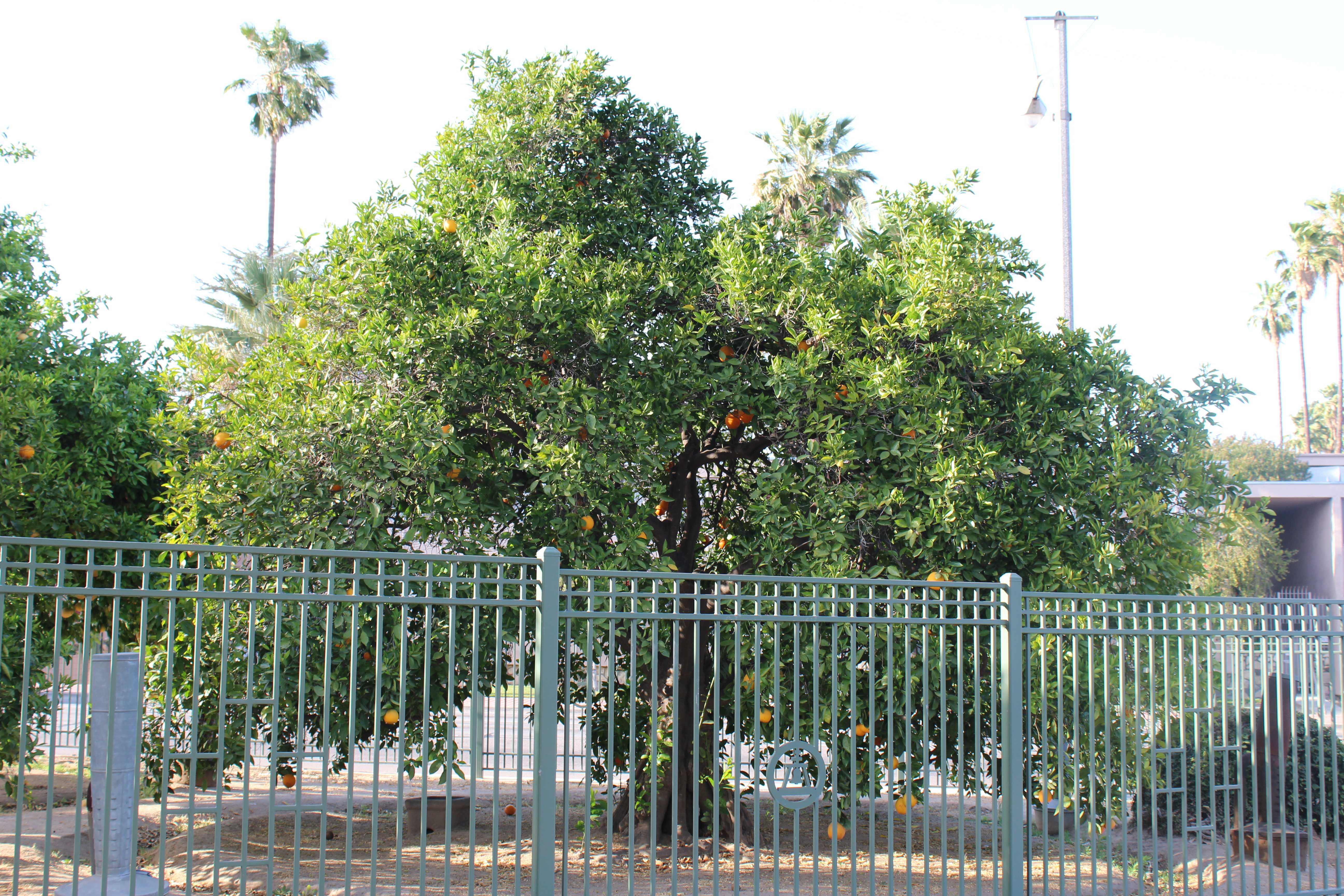
The city still maintains aspects of its distinctive personality today.
Riverside continues to boast historic landmarks such as the Mission Inn, Riverside County Historic Courthouse, Heritage House and Mount Rubidoux Park among many others.
To many longtime Riversiders such as Lee Kraus, Riverside City College faculty member, the Riverside of the past had some striking differences from the Riverside of today.
“Basically, if you went to the corner of what’s now Arlington and Magnolia that looked very countrified or rural, there were orange groves all over the place,” Kraus said.
“It was really weird in 1948 because I was a boy and my dad left me in the car on a kind of warm summer day because he had to visit a friend of his who lived near the corner over there. I got out and I called my mom over and said, ‘Look at this! They’ve imprisoned an orange tree right in the midst of a grove.’ They had like a fence around it and it said ‘Parent Navel Orange Tree.’”
The fenced tree still stands as a monument at the corner of Arlington and Magnolia Avenues today but is now surrounded by asphalt and nearby buildings.
The death of an old Riverside and birth of a new Riverside are exactly what concerned Maxine Kilford, former reporter for The Tiger Times (previous name of Viewpoints) in her article entitled “The old Riverside is dying, while a new emerges around it” published on March 31, 1965.
“Today the new Riverside enlarges and marches forward,” Kilford wrote. “Its troops are gaudy gas stations, shopping centers with massive sterile asphalt parking lots, freeways that abound with concrete bridges and still more sterile parking lots.”
Kraus can attest to having observed these changes in the city throughout the years.
“I’ve noticed that as they’re starting to come to an end of the 91 Freeway lane additions and so forth, they have all of these concrete fences along the side with rain crosses on them, which has long been our symbol going back to that particular time, but the sort of semi-rural, casual lifestyle has long been gone from here,” Kraus said.
In Kilford’s article, she mentions what old Riverside means to her.
“For the most part, old Riverside meant a little more formal way of life where people acted civilly,” Kilford wrote.
It is now 2015, and Riversiders have the ability to look at Riverside’s past through photos, historical monuments and stories and decide for themselves if Riverside’s past was truly glorious or if the sentiment is one of nostalgia.

